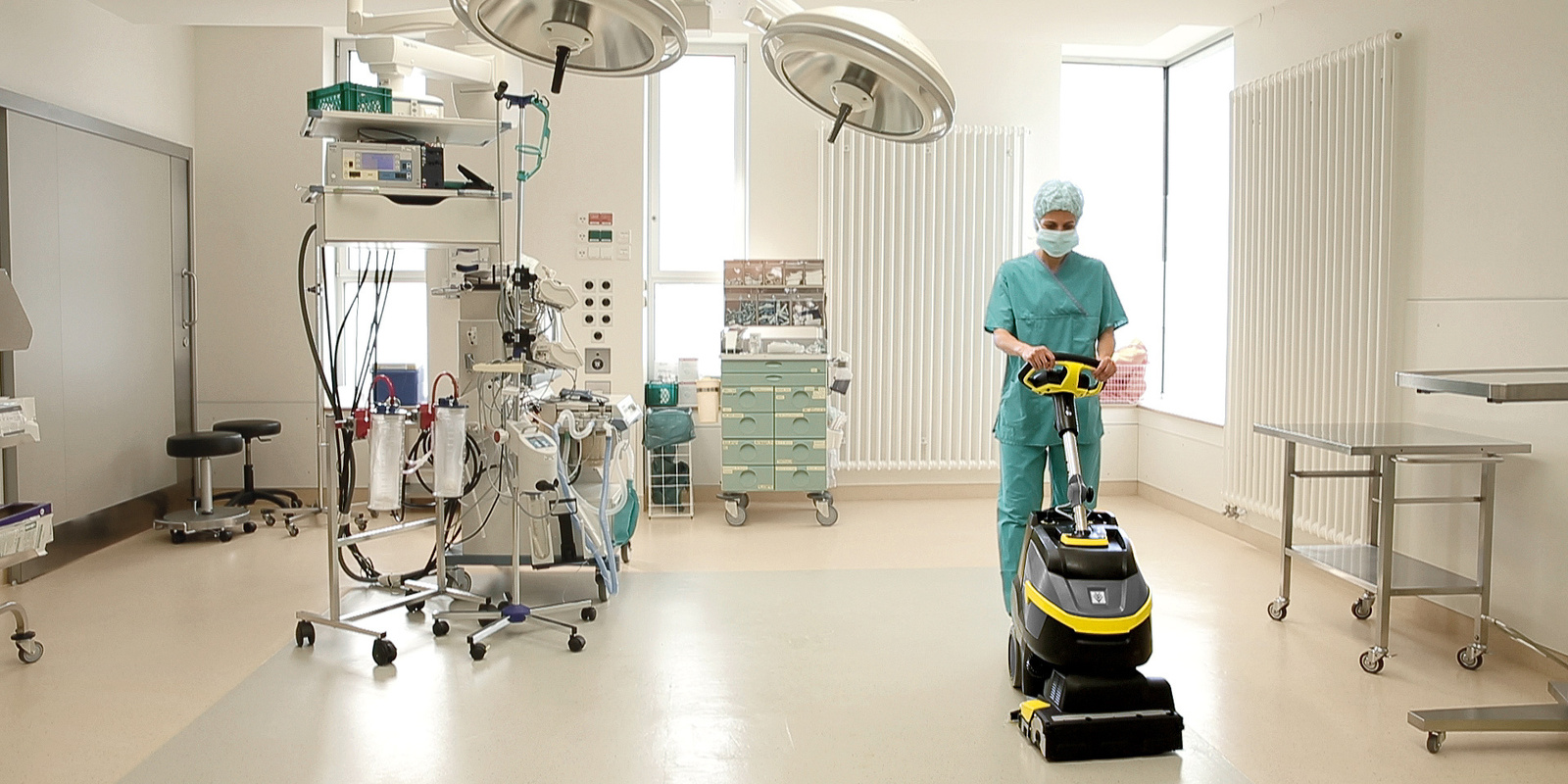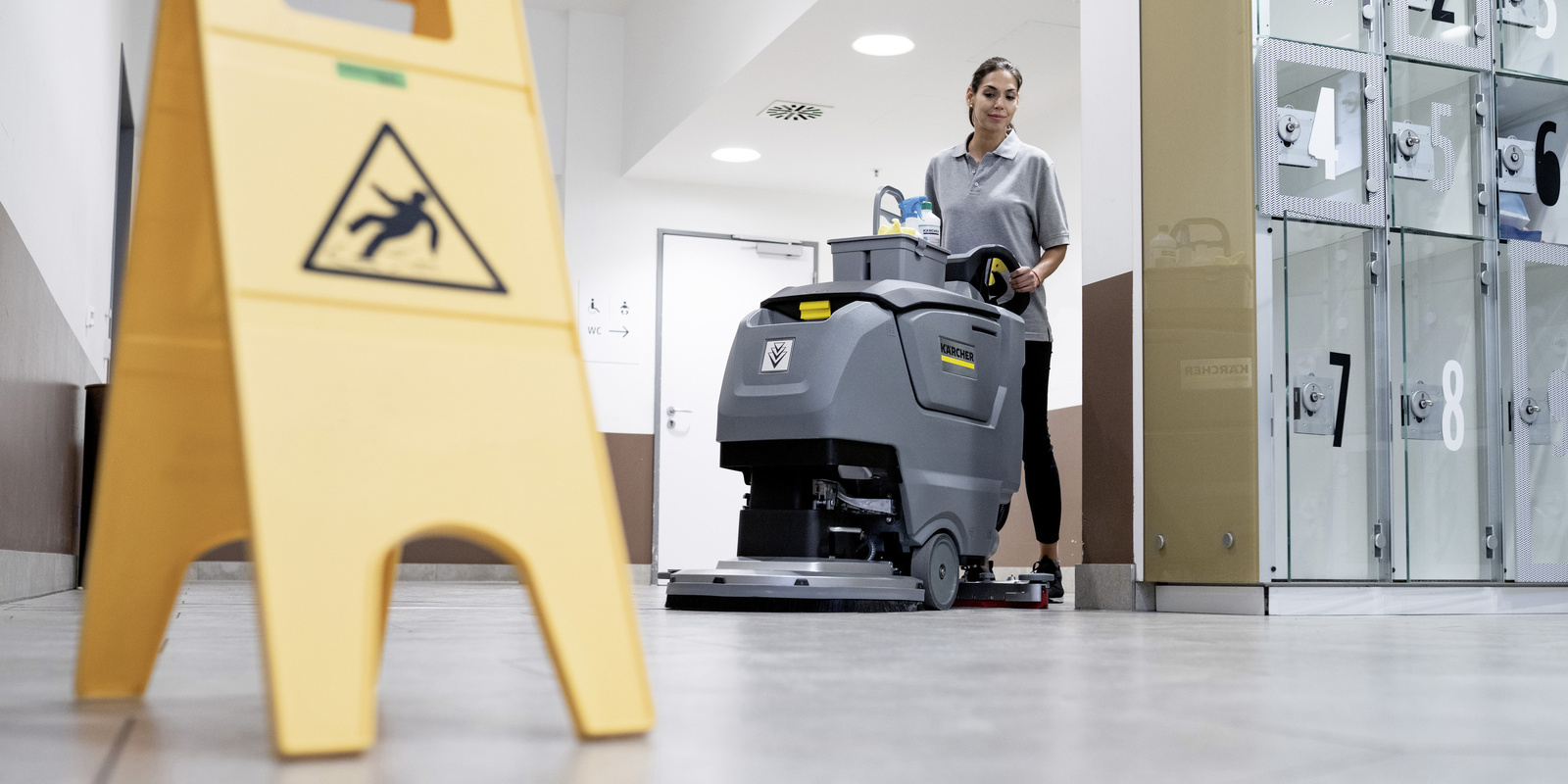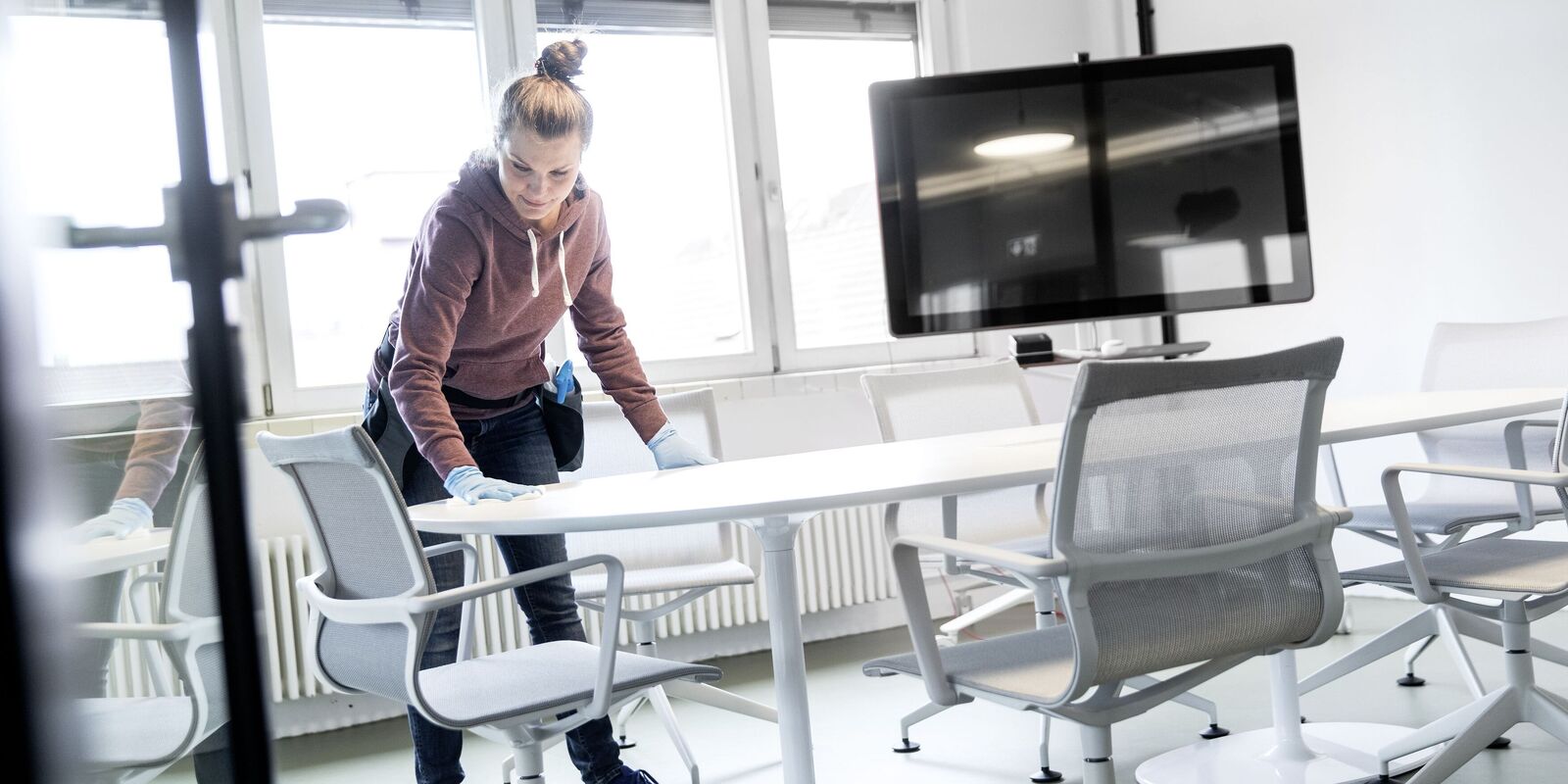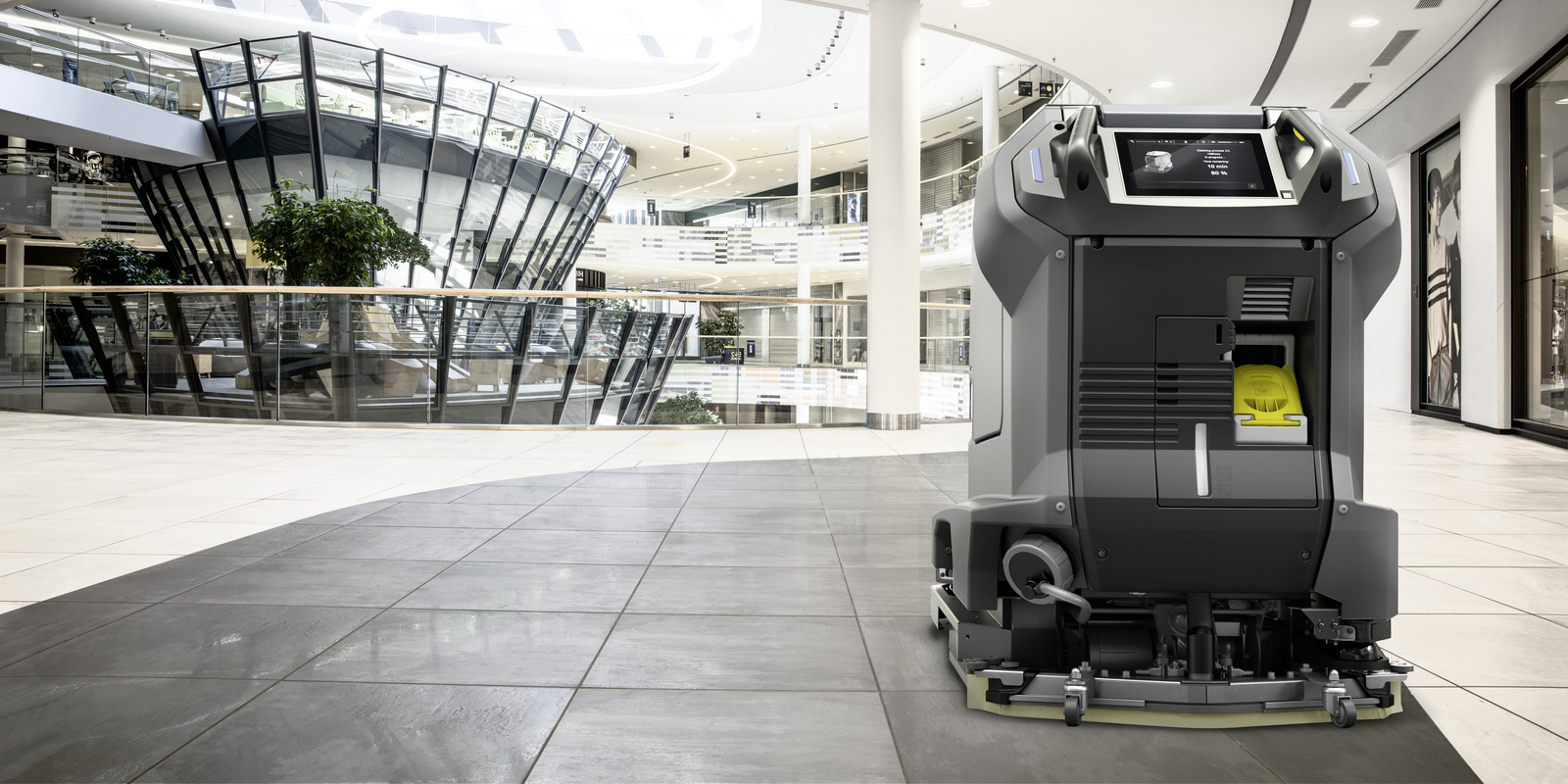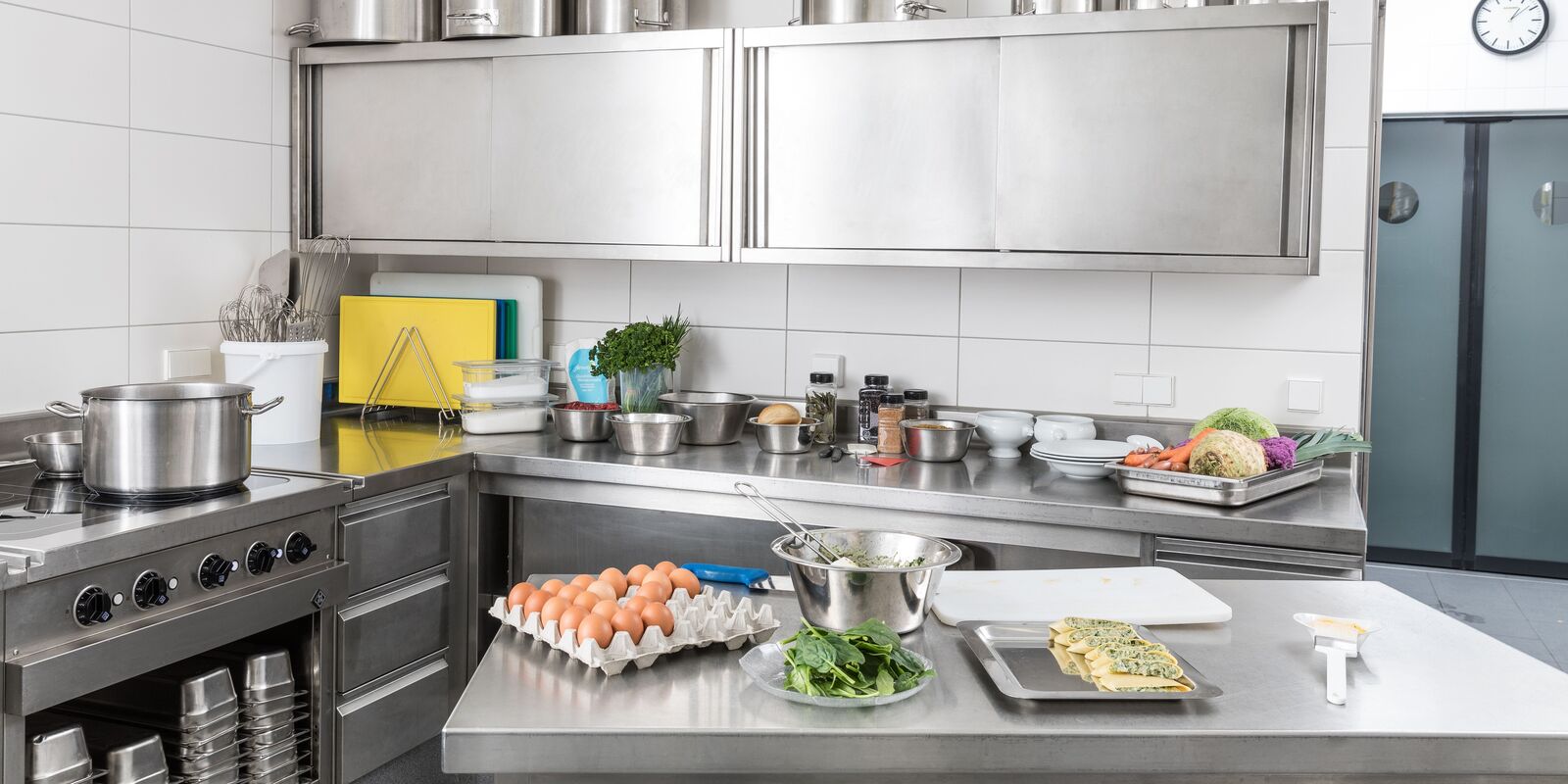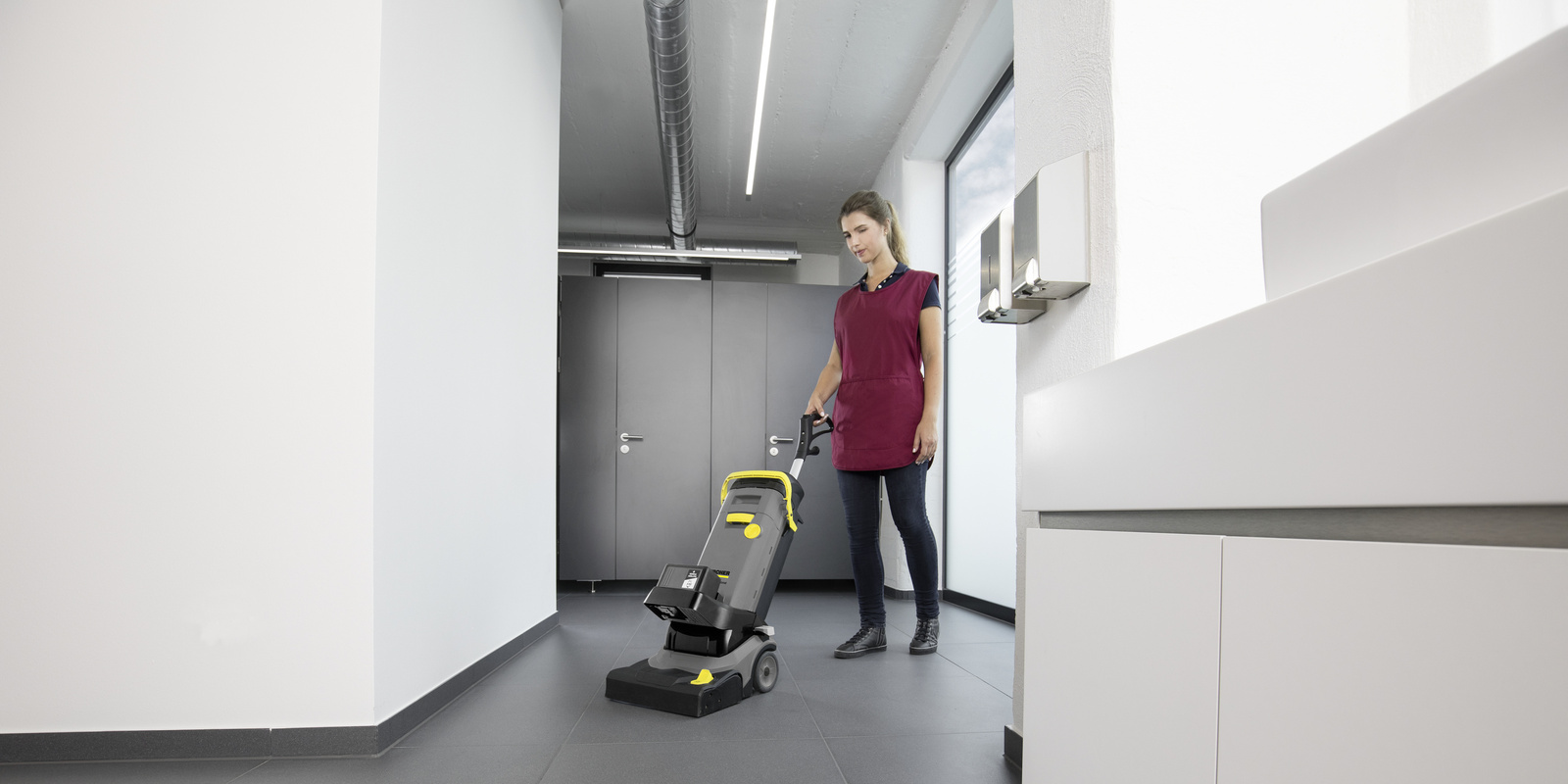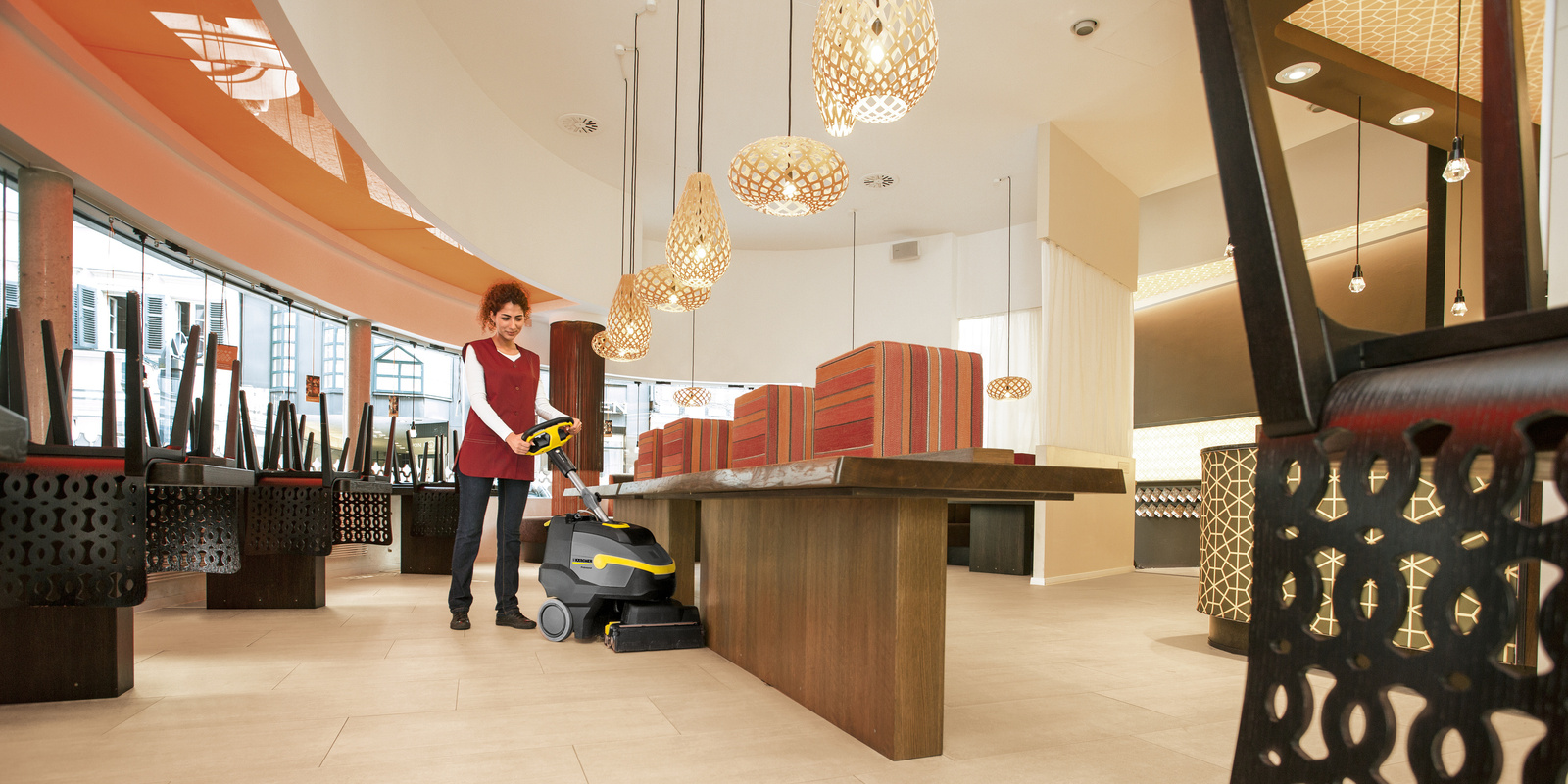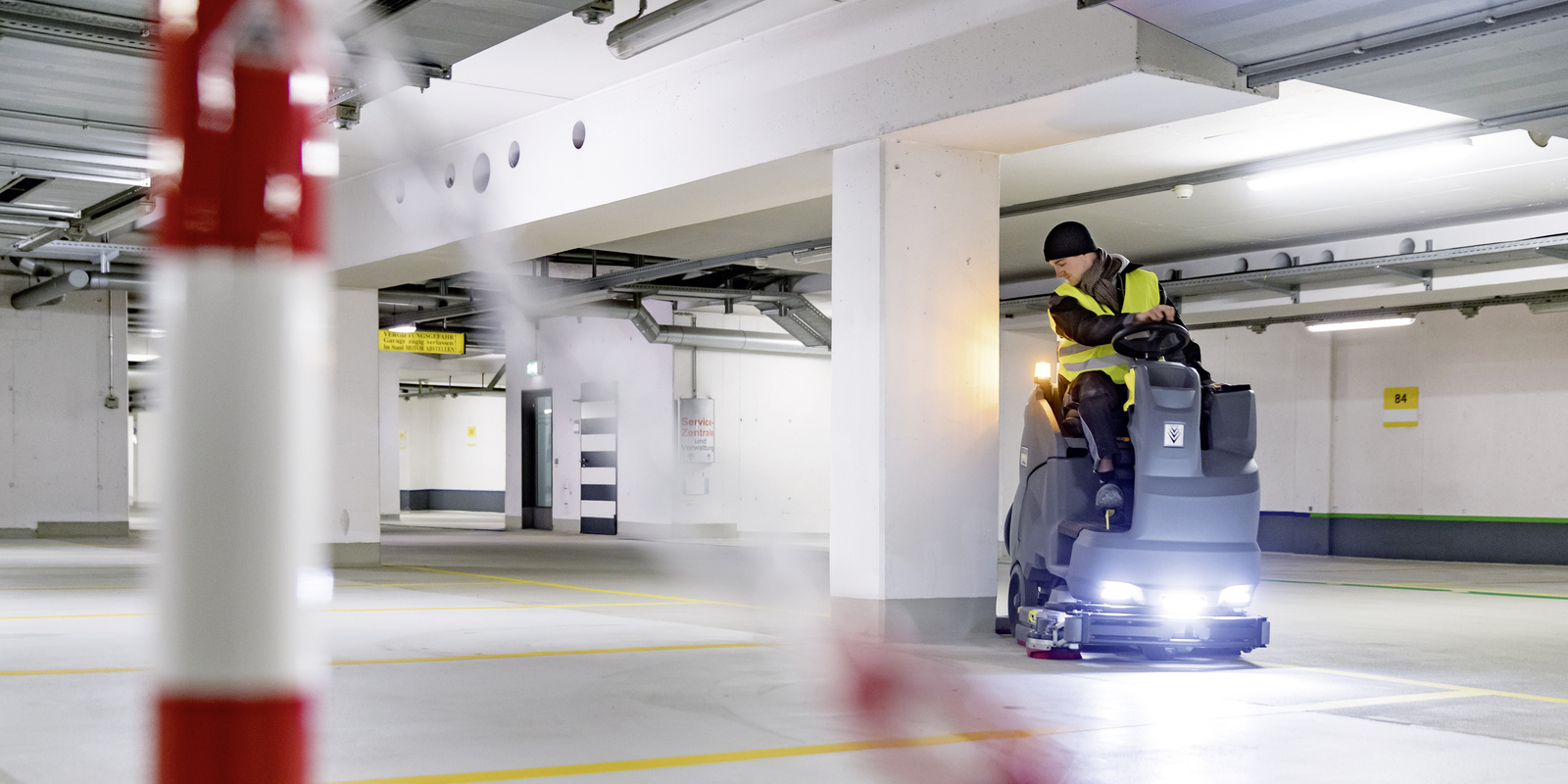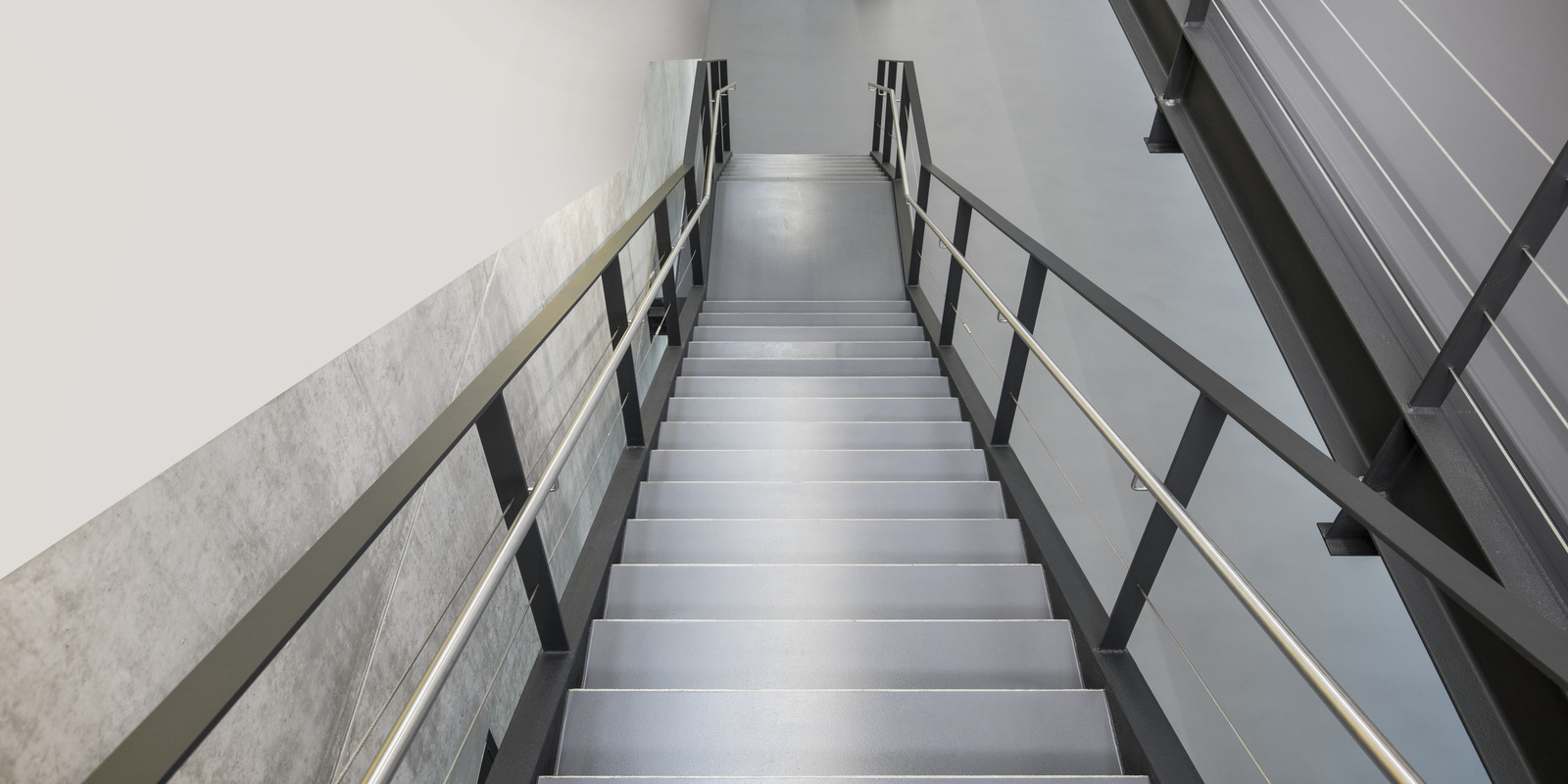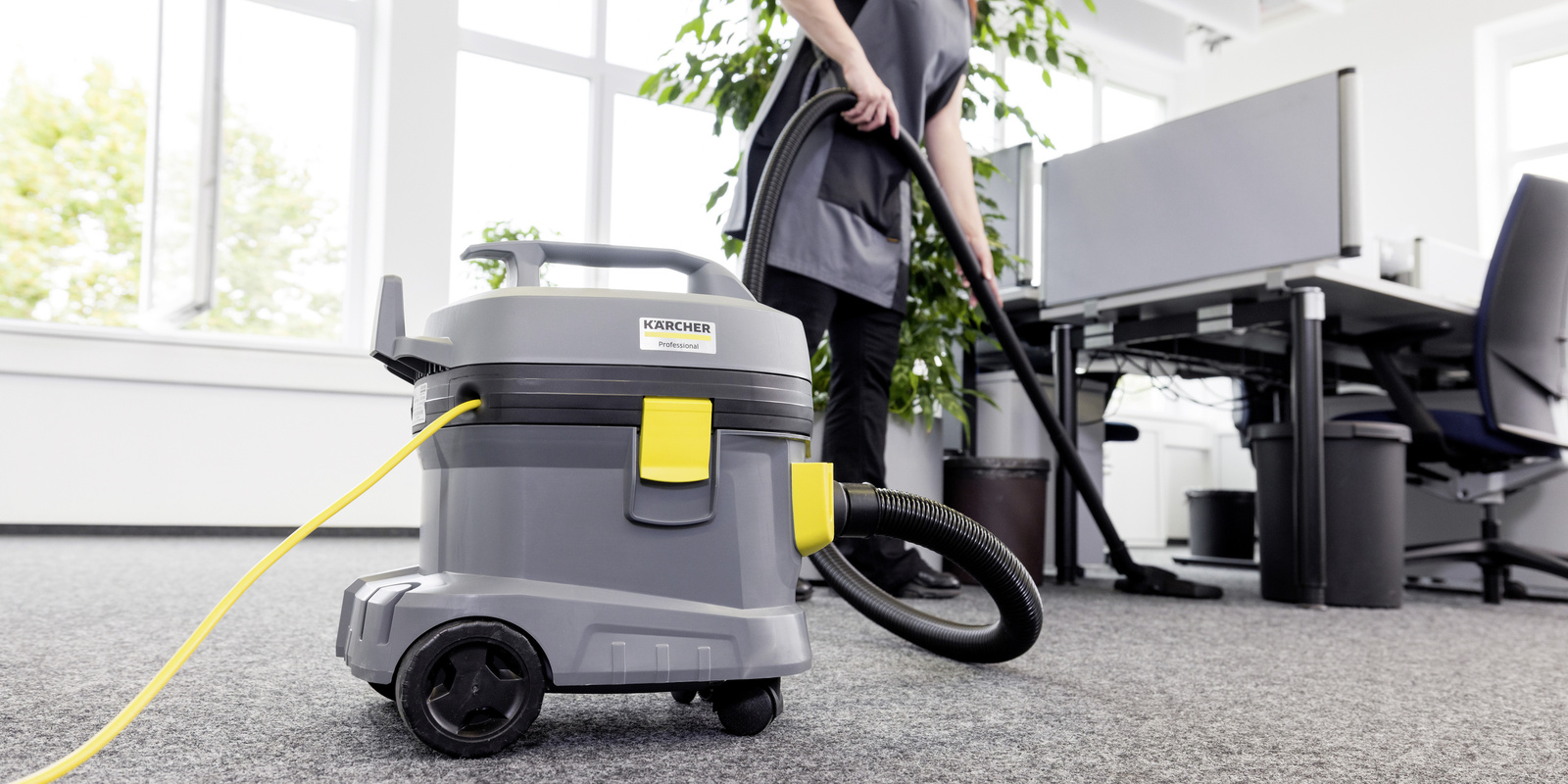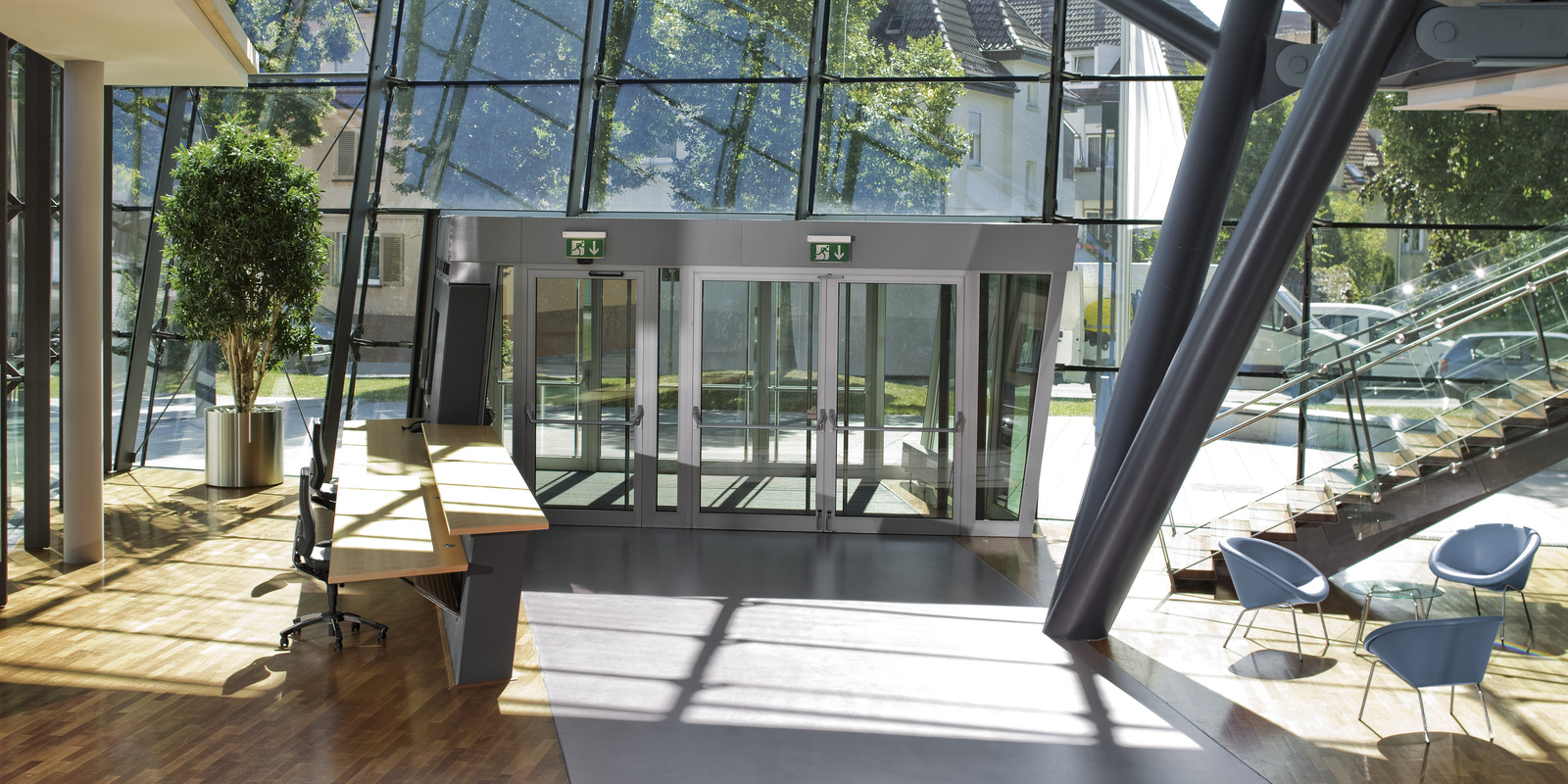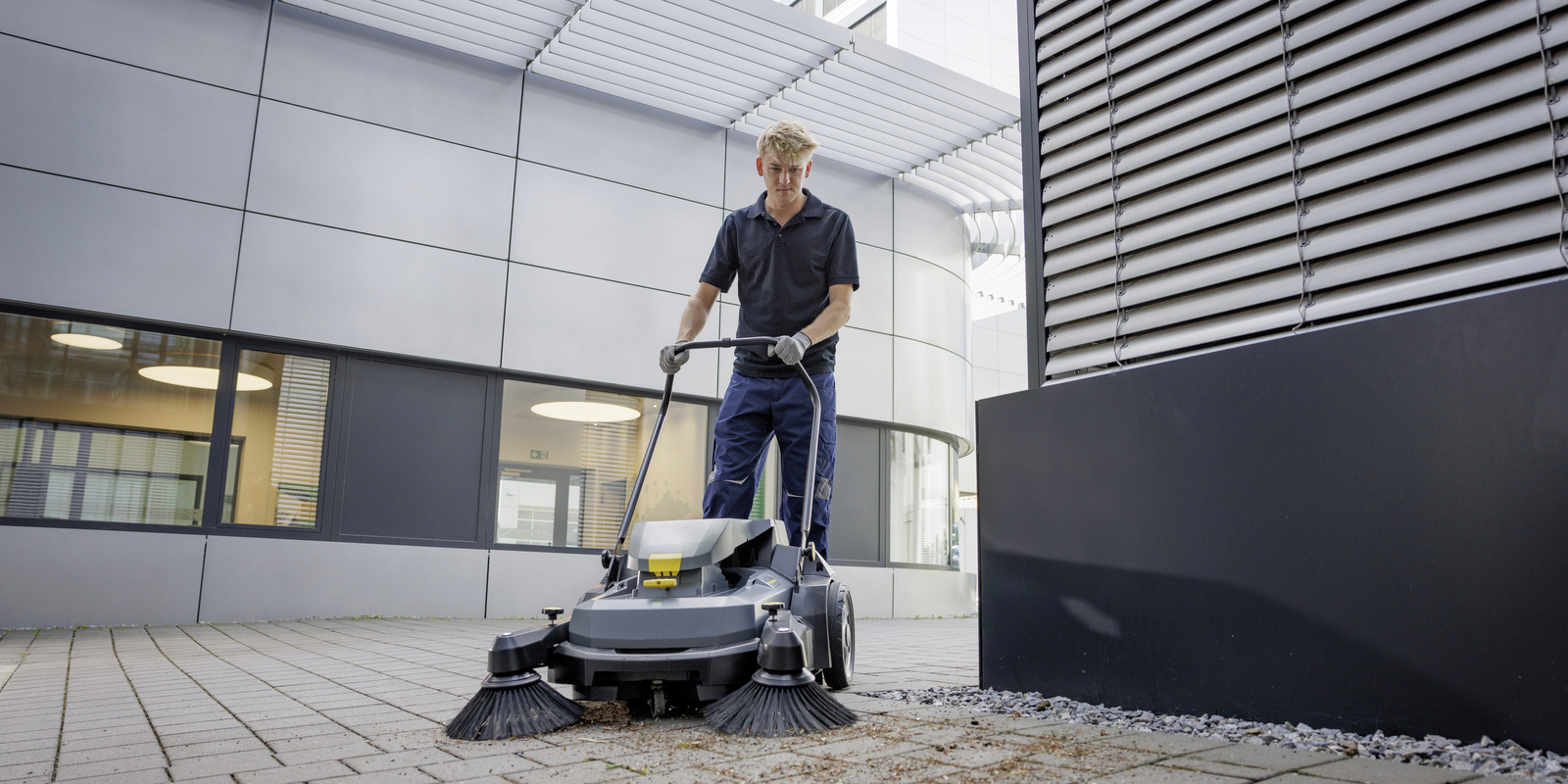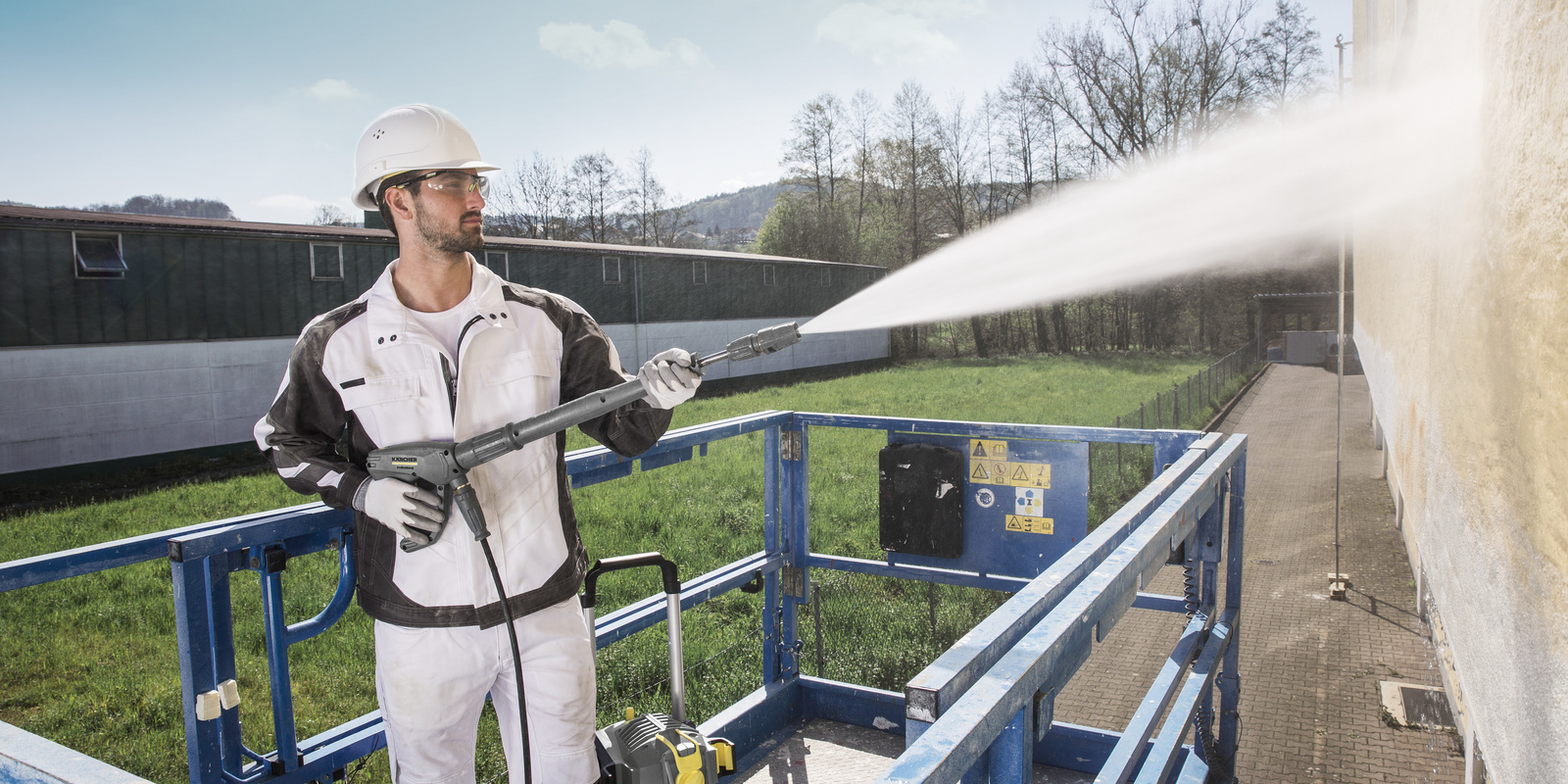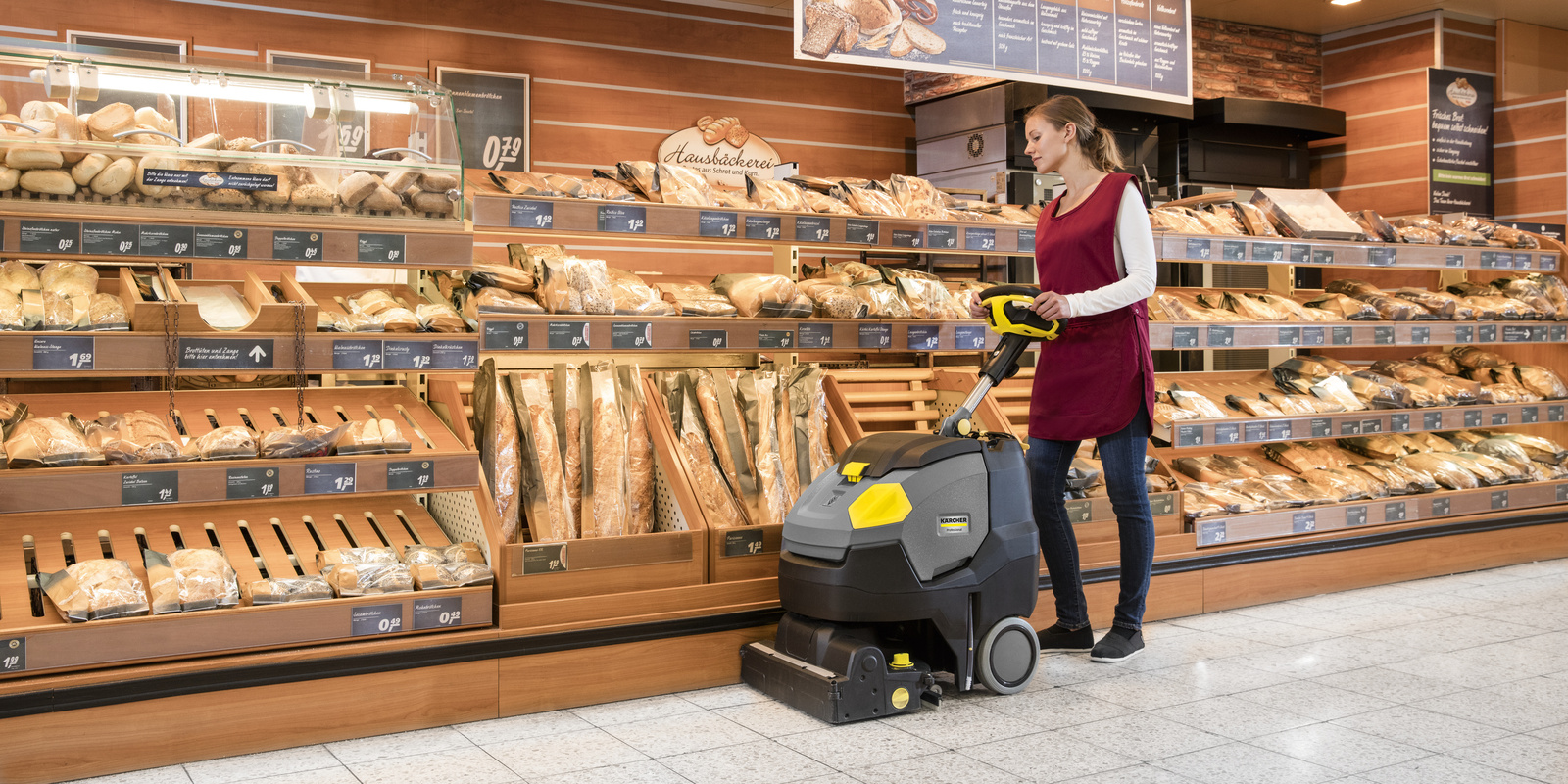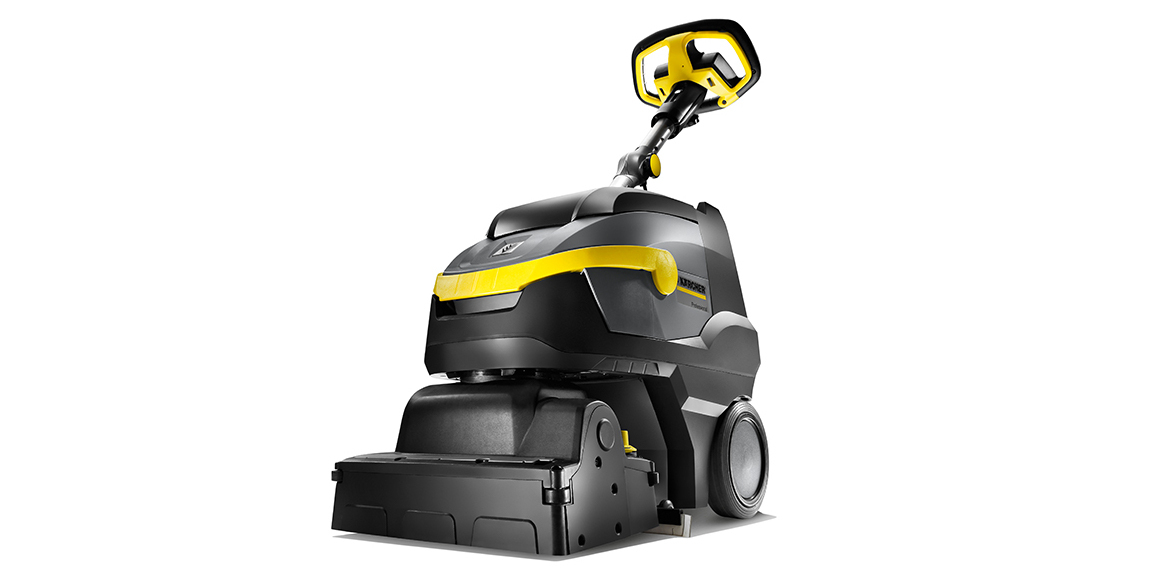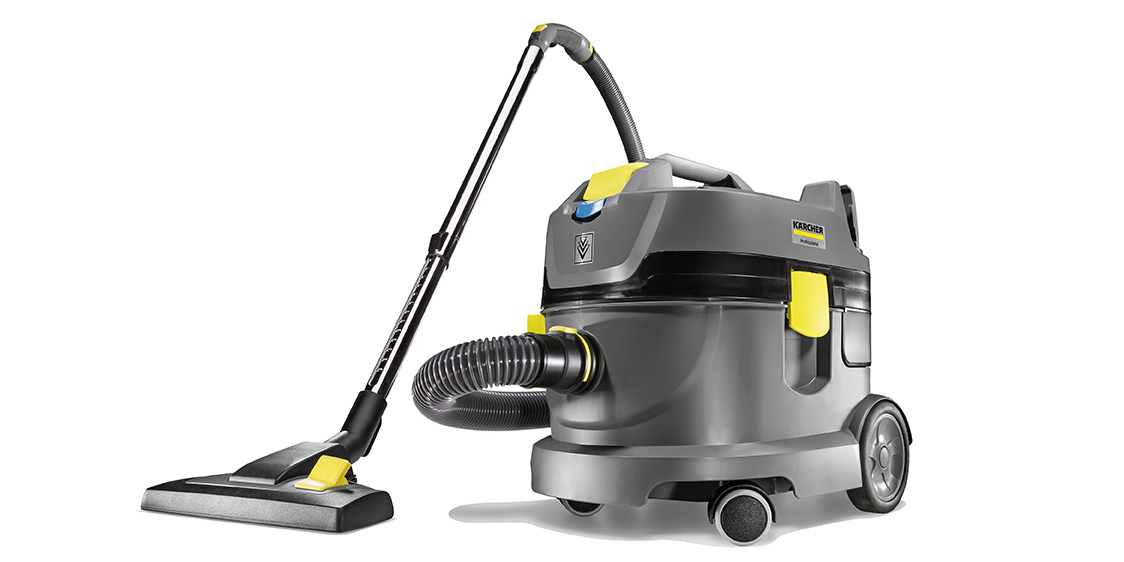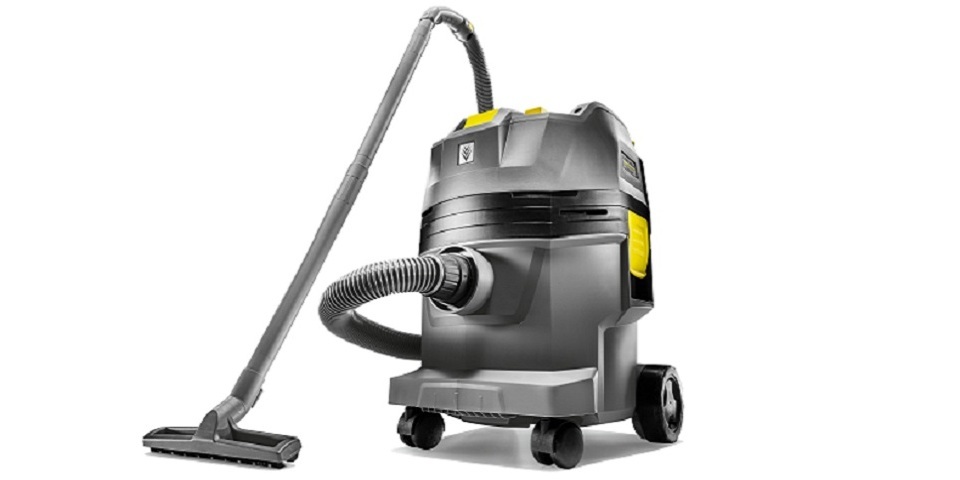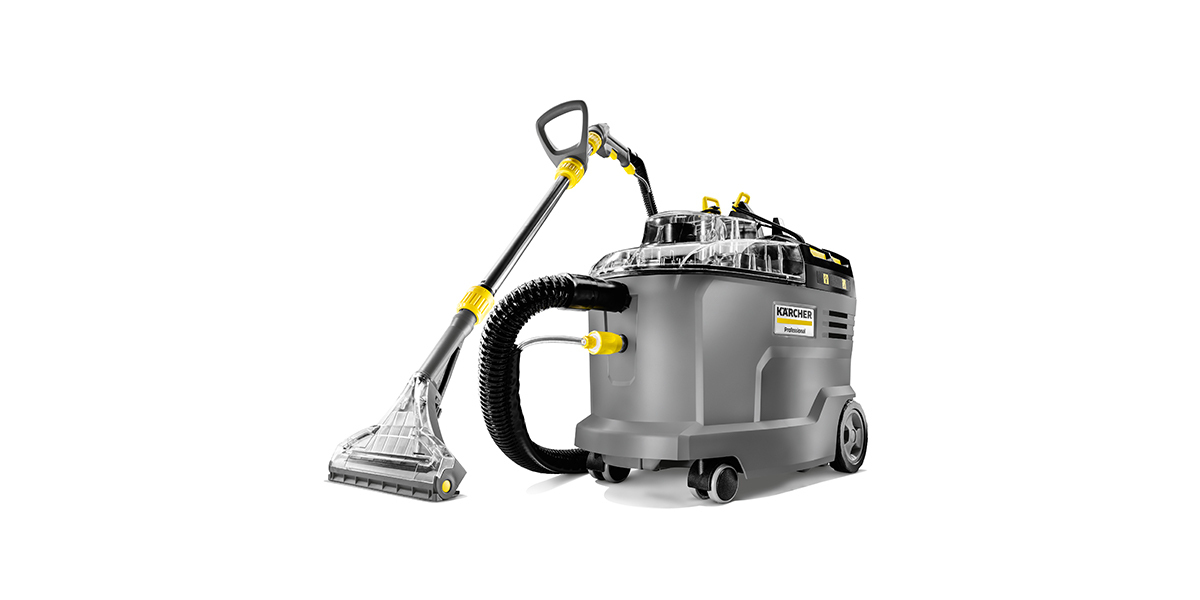Cleaning in the healthcare sector: where cleanliness and safety go hand in hand
Whether in a hospital, retirement home or care home, cleaning in the healthcare sector places the highest demands on everyone involved in order to prevent the spread of pathogens and ensure the safety of patients and residents, as well as staff and visitors. Although the focus is on patient-facing areas, the entire infrastructure must be kept in view. The requirements vary greatly from country to country, but what they all have in common is that structural quality, process quality and cleaning quality are always central.
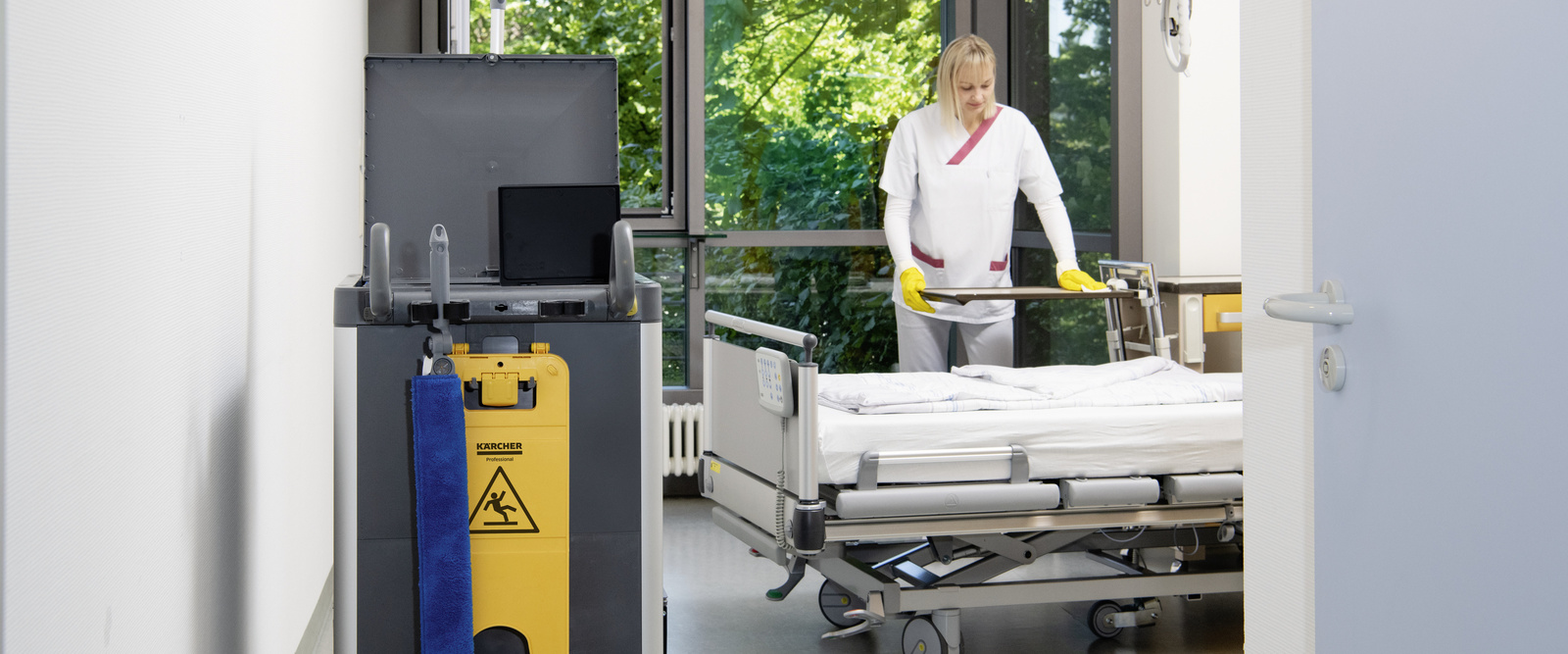
Guidelines for orientation
From the Robert Koch Institute (RKI) to the World Health Organisation (WHO) and the Centers for Disease Control and Prevention (CDC) to the Occupational Safety and Health Administration (OSHA), there are several international organisations that develop specifications and guidelines for cleaning in hospitals and other healthcare facilities. For example, the German DIN standard 13063:2021-09 "Hospital cleaning – Requirements for cleaning and disinfecting in hospitals and other medical facilities" contains comprehensive instructions. While they are not mandatory, they are considered important recommendations in many countries around the world. Hospital operators also benefit from a certain degree of legal security when they can provide proof of cleaning in accordance with DIN 13063:2021-09.

Prerequisite no. 1: structural quality
In order to be able to establish clear-cut cleaning processes, structural quality is an essential prerequisite. This includes operation and organisation, whereby the suitability of the service provider is checked and authorisations and responsibilities are allocated. The requirements for cleaning staff and supervisory and governance employees are also defined. The third essential component is the establishment of criteria to be met by cleaning trolleys, scrubber dryers or cleaning textiles, for example. Efficient, cleverly designed cleaning equipment plays an important role in achieving the desired result.
Prerequisite no. 2: process quality
With regard to process quality, all requirements for work processes must be defined in order to ensure hygiene. Surfaces that come into contact with skin and hands in areas frequented by the public must be cleaned or disinfected daily. This includes door handles as well as control elements, taps and patient cabinets. It is also important to establish who cleans in which area – where do the nursing staff carry out cleaning tasks and where does the service provider do the cleaning? This is the only way to ensure clear responsibilities and prevent gaps in the cleaning process.
The correct use of cleaning textiles is also very important in terms of hygiene. Pretreated cleaning textiles are to be used in line with the colour-coded system, which defines specific colours for specific areas of application. In addition, it is essential that a different cleaning textile is used for each patient room. If hygiene cannot be guaranteed when reusable cloths are reprocessed and transported, disposable solutions should be used.



Prerequisite no. 3: checking the quality of the cleaning results
Hygienic cleaning is more than just a one-off measure. It is a cleaning concept that is implemented daily or at regular intervals to ensure a high level of hygiene and to help reduce germs. In order to achieve transparency regarding the quality of hospital cleaning and to ensure the required quality of results, criteria and test methods for quality assurance must be set. Where necessary, optimisation measures must be adopted and documented.


